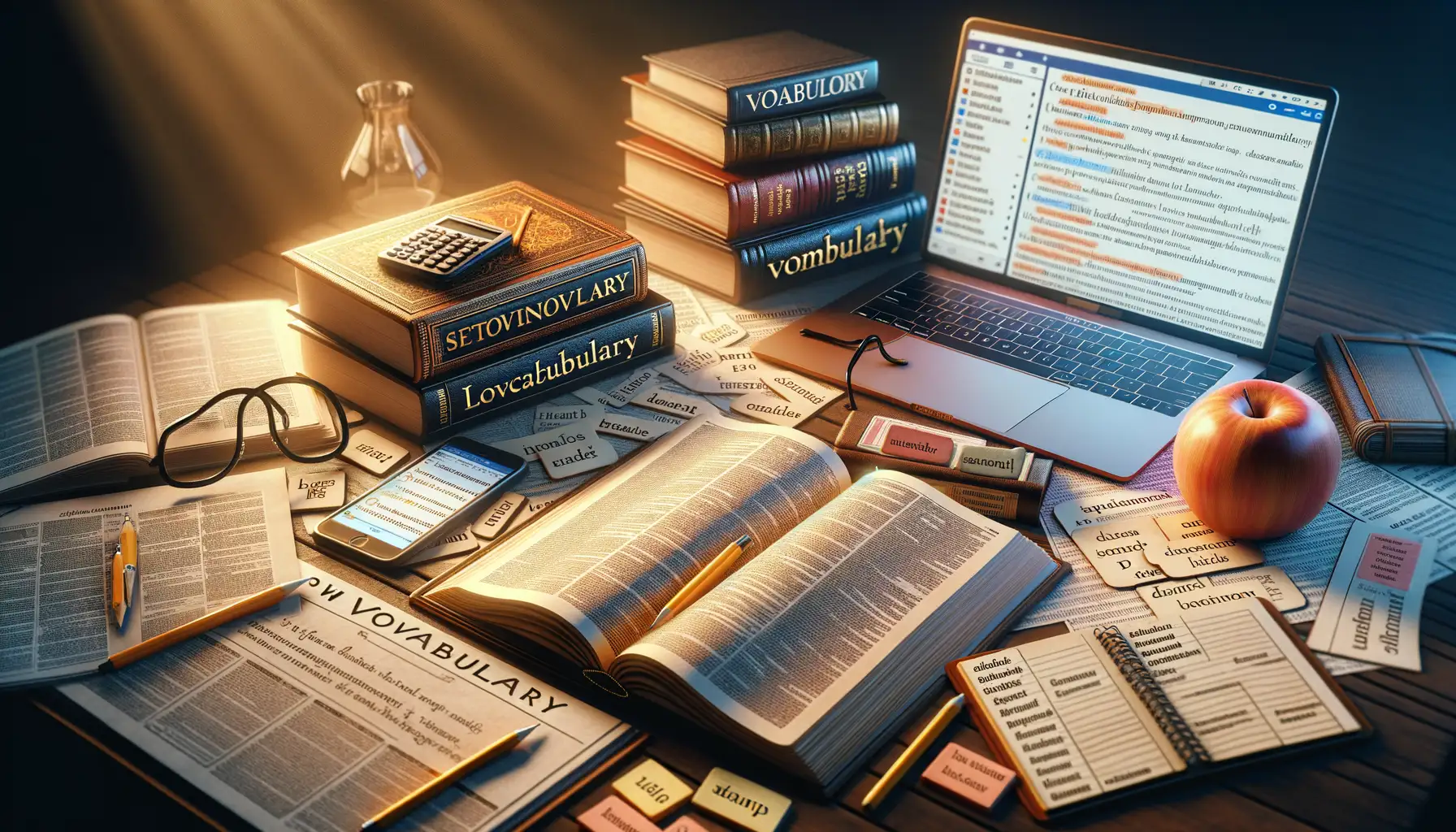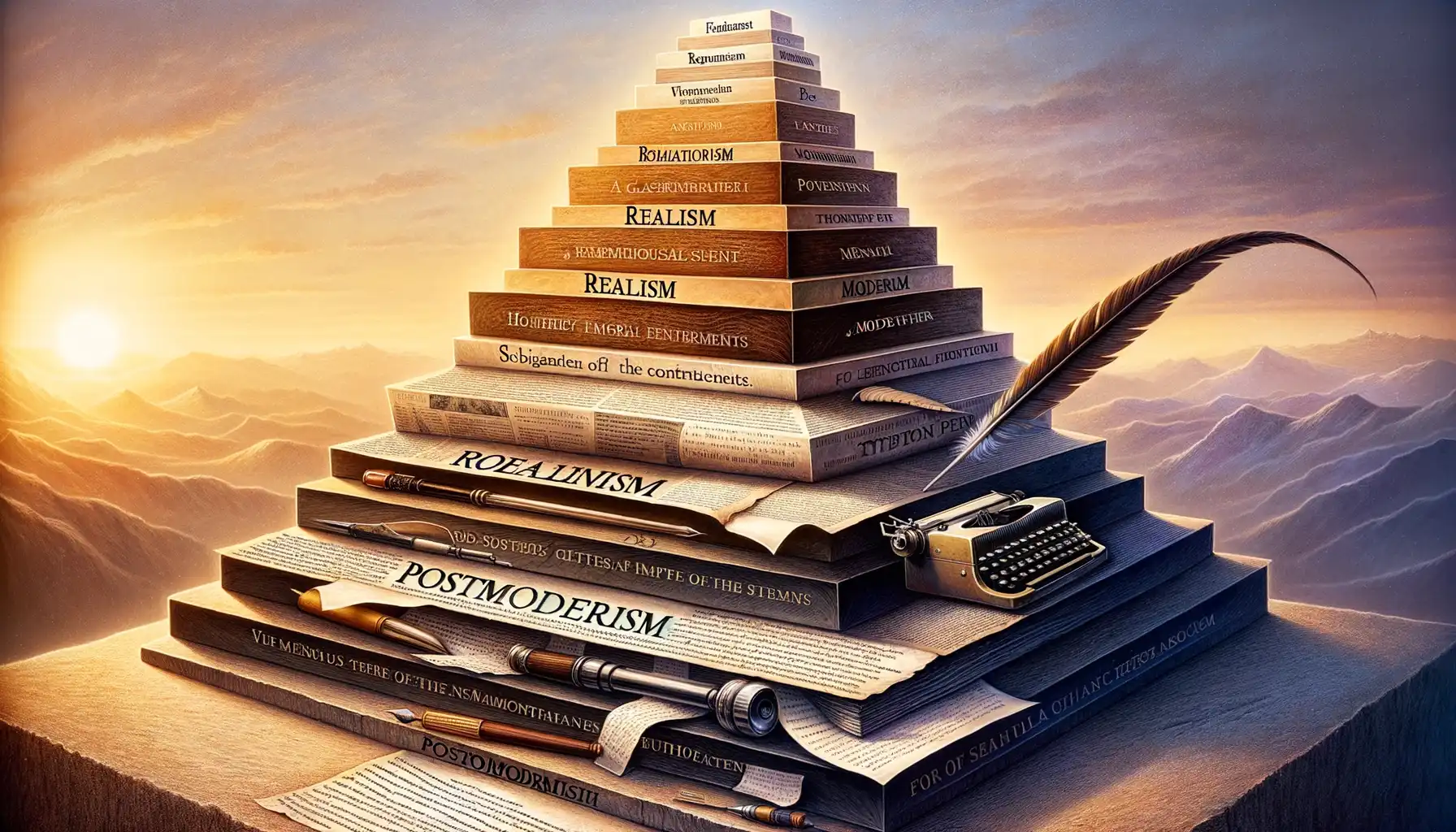The Origins and Background of Rare Coins
Traces of Human Ambition: How Rare Coins Came to Be
What if I told you that a single coin could whisper the secrets of empires, revolutions, and long-forgotten dreams? Rare coins aren’t just tokens of trade; they’re tiny time capsules. The story begins over 2,700 years ago, when the first true coins emerged in ancient Lydia (modern-day Turkey). Crafted from a mixture of gold and silver called electrum, these early coins weren’t just practical—they were revolutionary. Suddenly, value wasn’t just a handshake or a bartered good; it was something tangible, etched into metal.
As centuries rolled on, rulers used coins to immortalize themselves. Roman emperors engraved their faces on currency not out of vanity alone, but to stamp their sovereignty far and wide. Can’t send a text? Send your likeness on every soldier’s wage instead. Across continents, coins have carried the weight of national pride, like Spain’s shimmering pieces of eight or China’s beautifully inscribed cash coins.
- Religious influence: Crusaders brought back coins inscribed with crosses or Arabic text, reflecting a collision of cultures.
- Political propaganda: Napoleon’s coins showcased his ambition—an emperor’s message in your palm.
Coins aren’t just metal—they’re snapshots of humanity’s milestones, sometimes even stained with history’s darkest chapters. Isn’t that incredible?
Factors That Influence the Value of Rare Coins
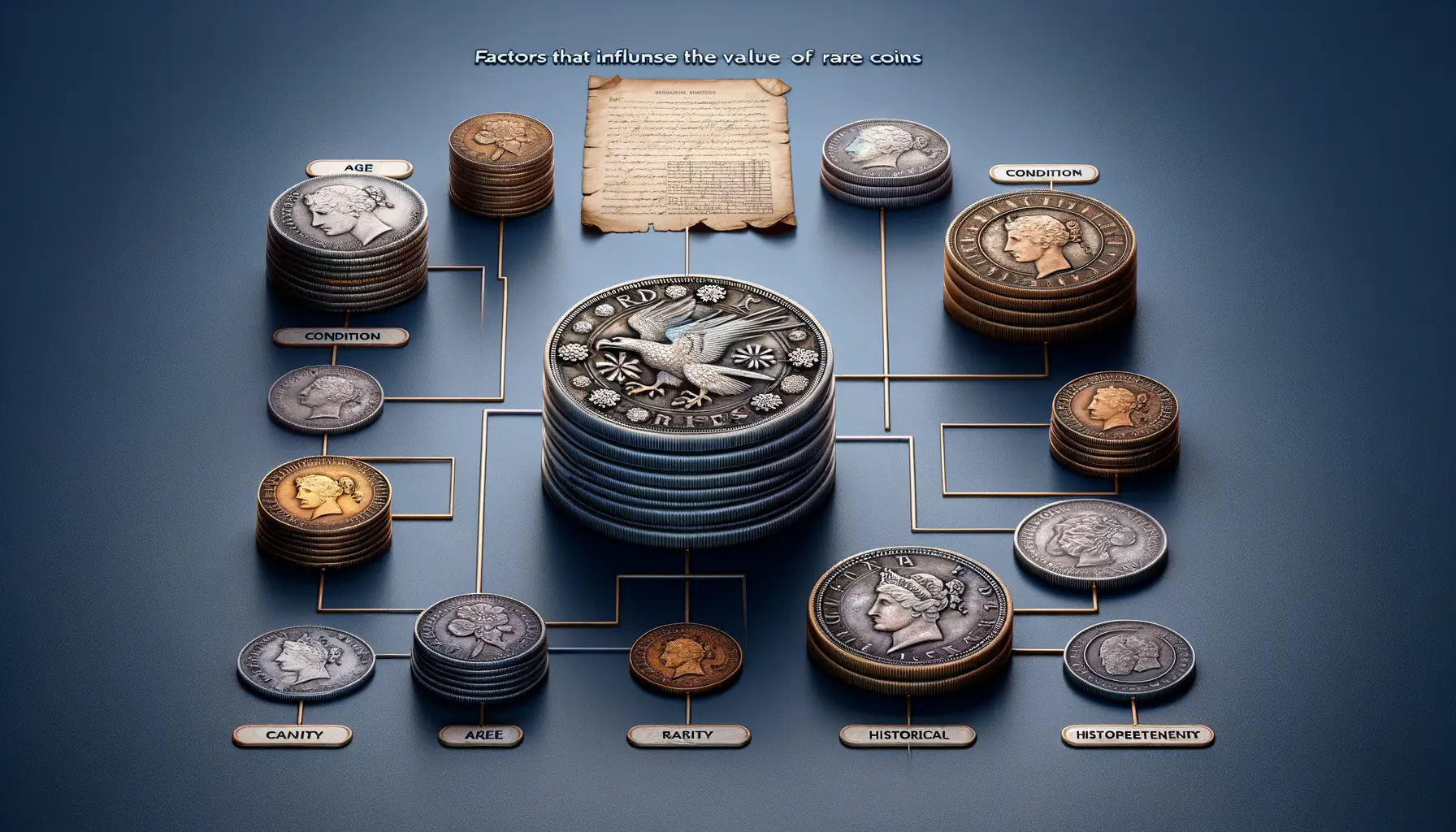
The Dance of Rarity and Demand
What makes a rare coin truly valuable? It’s not just age—although that can help—but more of a delicate dance between scarcity and demand. Take, for example, the elusive 1933 Saint-Gaudens Double Eagle. Many were melted down, making the surviving coins almost mythical. That rarity creates a buzz, a magnetic pull for collectors.
But scarcity alone isn’t enough; people have to want it. Coins tied to pivotal historical events carry an extra layer of intrigue. Imagine holding a coin that passed through the hands of a Roman soldier or was minted during America’s Gold Rush era. That connection to the past? It’s priceless—well, almost.
Key Details That Make All the Difference
While every rare coin has a story, its condition and unique quirks can raise its value sky-high:
- Condition: Coins in pristine condition (graded “Mint State”) can fetch much higher prices than worn ones.
- Errors: Ever seen a coin where something’s off—like a misaligned design? Collectors love these happy accidents.
- Provenance: If a coin has a documented history linking it to a famous collector or event, its appeal skyrockets.
Each coin tells a story—but these factors make some stories worth thousands, even millions. Want to uncover treasures? Train your eye and trust your gut!
Famous Examples of Historically Significant Coins
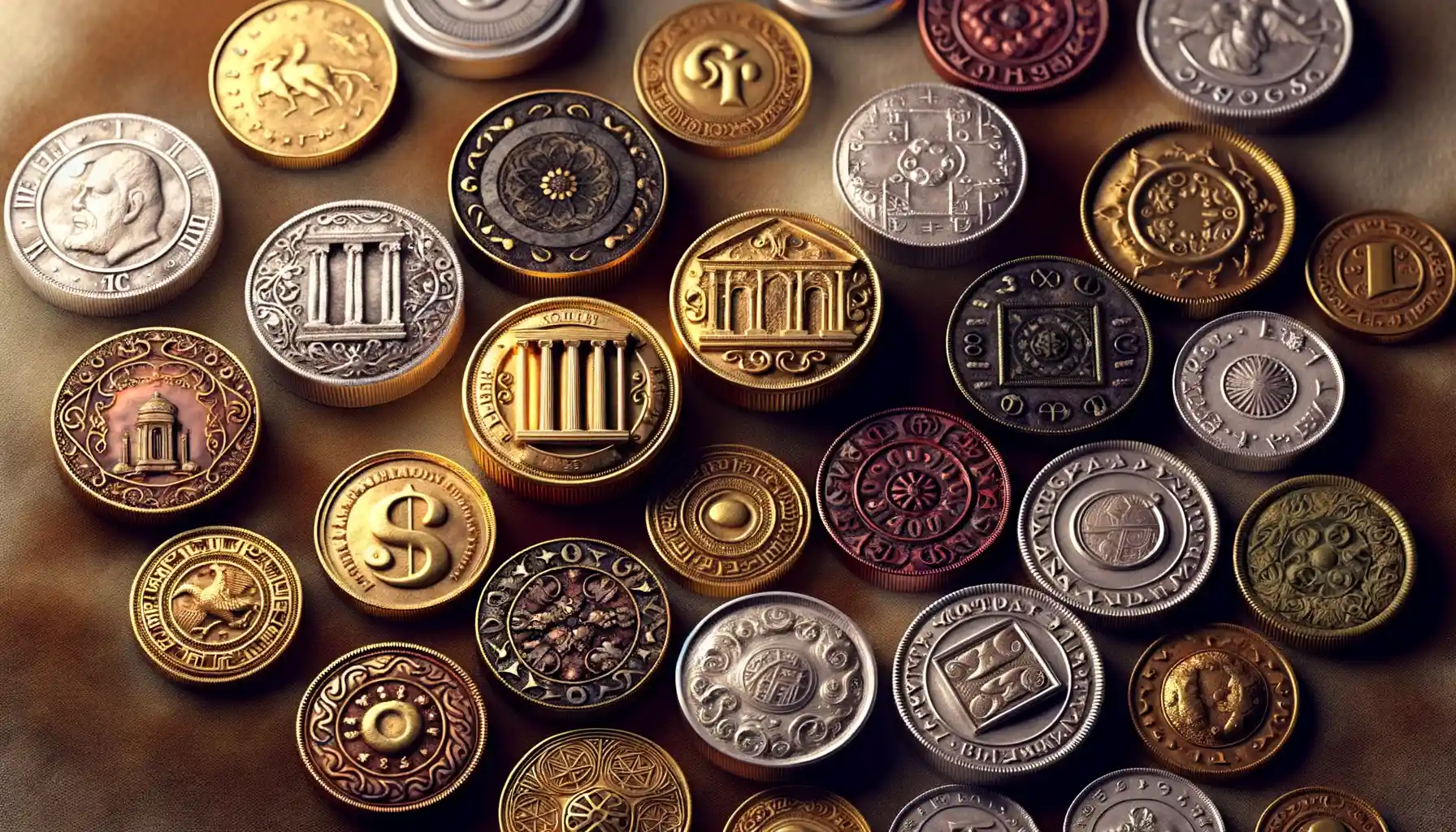
The Stories Behind Legendary Coins
Have you ever held a piece of history in your hands? Imagine the fascinating journey of the 1913 Liberty Head Nickel, one of only five ever minted. This coin has whispered through time, passing from hand to hand before becoming one of the most coveted treasures in numismatic circles. Its rarity is matched only by the intrigue that surrounds it—rumored theft, hidden collections, and jaw-dropping auction prices make it a true legend.
Another marvel is the Flowing Hair Silver Dollar, minted in 1794, often considered the holy grail of U.S. coinage. Crafted during the fiery birth of a young nation, this coin symbolizes ambition and hope. Picture those early Americans, clutching their silver dollars as they dreamed of shaping a new world. Talk about holding something with heart!
A Quick Tour of Global Icons
The world has its share of historic coins, too. Here are some jaw-dropping examples:
- The Gold Stater of Alexander the Great: Struck over 2,000 years ago, these coins immortalized a ruler who redefined empires.
- The Double Eagle of 1933: An elusive masterpiece, illegal to own for decades yet still fetching millions at auctions.
- The Una and the Lion Coin: A British work of art, blending allegory and beauty into gold form.
Each of these coins carries not just monetary value, but stories that spark curiosity and reverence. These aren’t just coins; they’re time capsules, offering fleeting glimpses into civilizations long past.
How Rare Coins Shed Light on History and Society
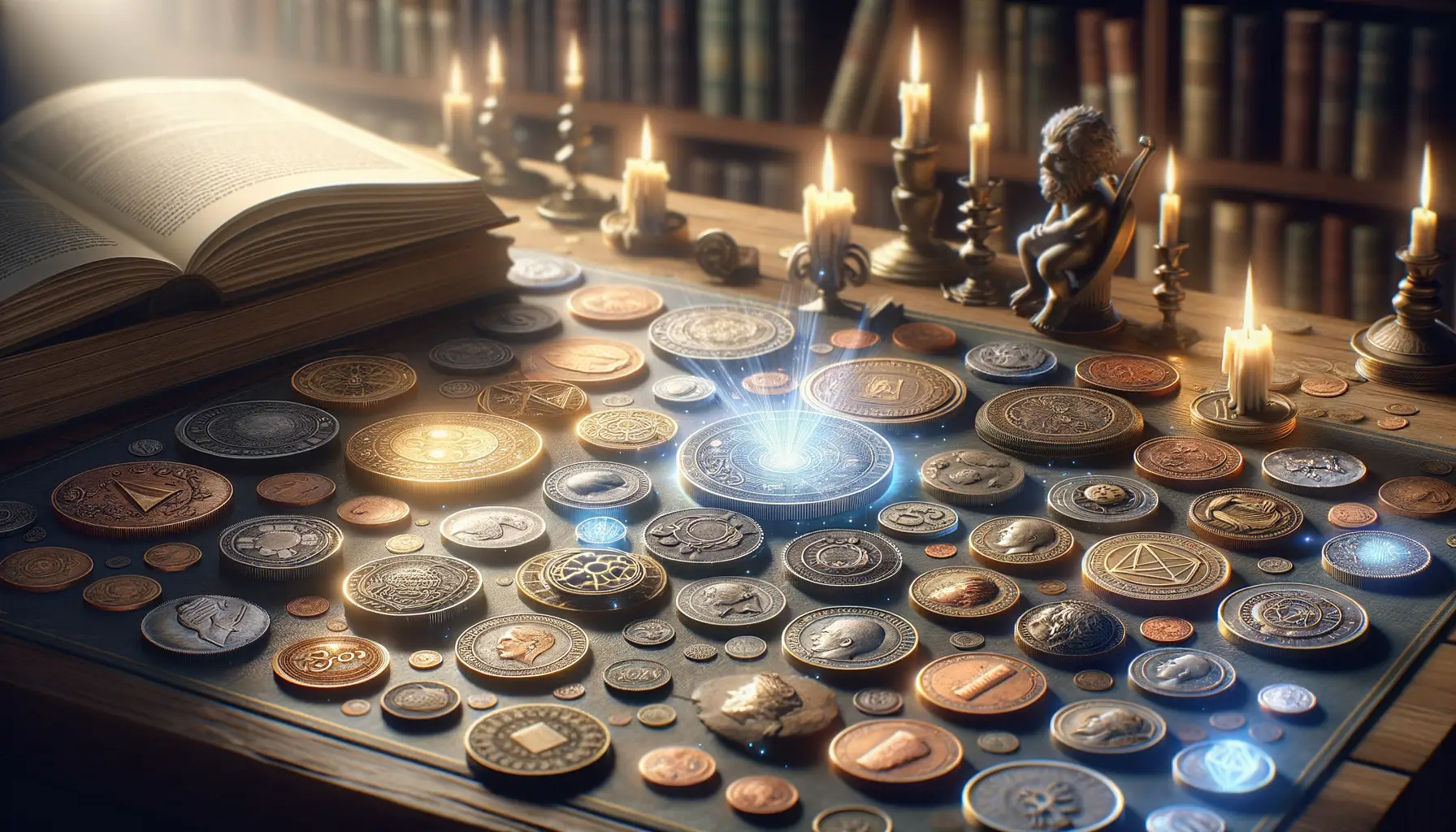
Coins as Windows into Lost Cultures
Imagine holding a rare coin—its surface worn smooth over centuries, yet still carrying whispers of the past. These small, metallic artifacts are more than currency; they’re tiny time capsules. A Roman denarius can reveal the politics of an empire: whose face graced it? What message was inscribed? A strange symbol on an ancient Greek drachma might signify the power of a city-state or a long-lost myth. Coins tell stories that history books sometimes forget to mention.
Some fascinating insights emerge from their very materials. For instance, why did 17th-century England produce coins with holes punched in them? The answer lies in trade shortages and desperate adaptability. Even the choice of gold, silver, or bronze hints at a society’s wealth—or its struggles.
- A Native American “arrowhead penny” reflects the cultural exchanges between early settlers and Indigenous tribes.
- Medieval European coins often depict saints, blending economic life with deeply rooted religious devotion.
The Hands That Passed Them
Now, consider the people who lived alongside these coins. A merchant flipping an intricate Persian dirham could have traded it for silk or spices flowing along the Silk Road. A soldier clutching a battered Confederate coin during the Civil War might have pondered his uncertain future. Every fingerprint, every pocket wear connects us to individuals’ lives, weaving vivid threads into humanity’s vast tapestry. Rare coins bring us face-to-face with history’s heartbeat.
Tips for Collecting and Preserving Rare Coins
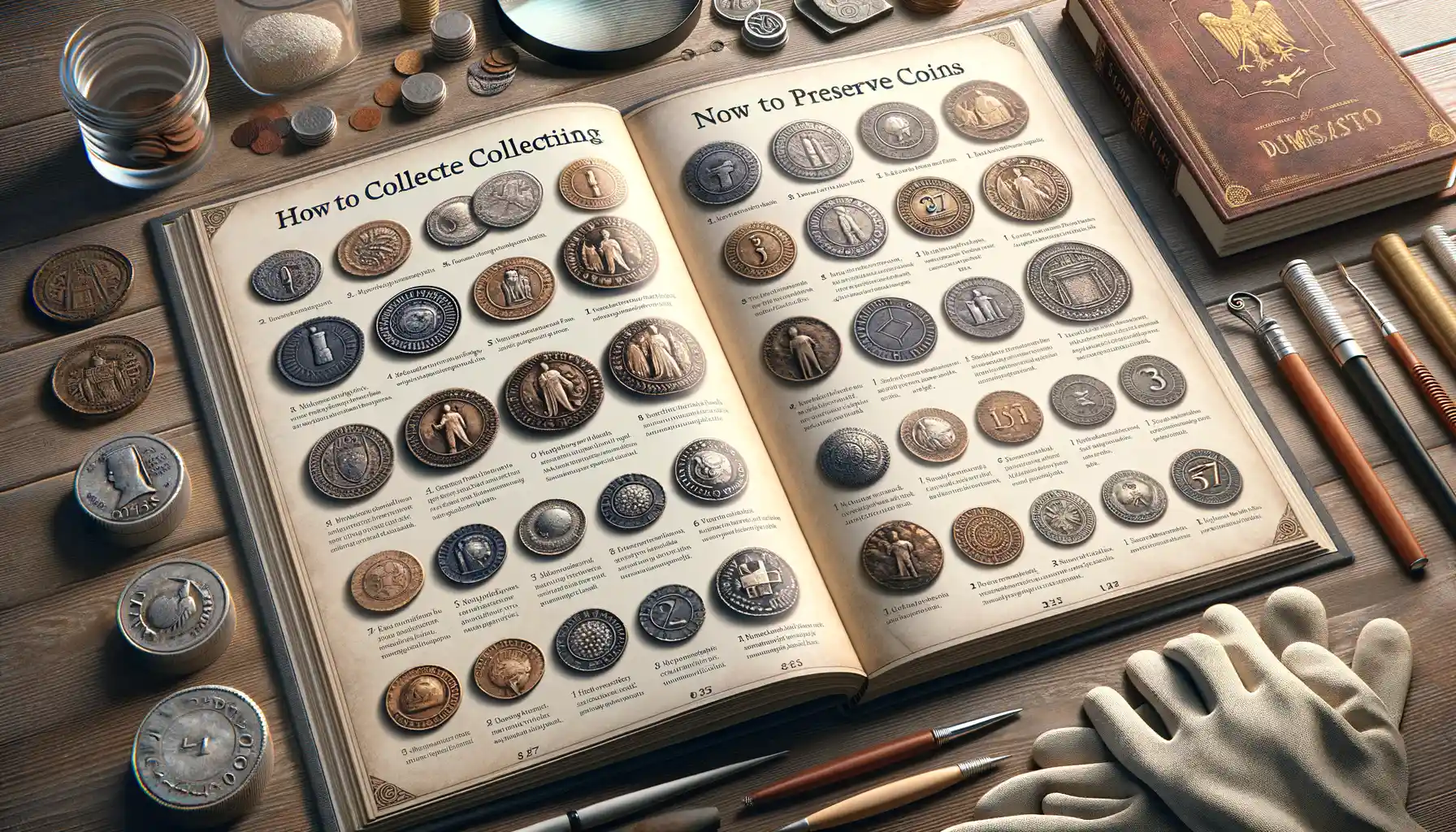
How to Start Your Rare Coin Collection on the Right Foot
Picture this: holding a piece of history right in your palm, feeling its weight, its imperfections, its journey. Collecting rare coins isn’t just a hobby—it’s a time machine. But where do you begin? First, immerse yourself in the world of coins. Visit auctions or join groups of like-minded collectors. The more you know, the sharper your instincts will be for spotting treasures.
When buying, look for coins with well-preserved details—strongly struck designs, minimal wear, and, if possible, a documented provenance. Trust me, nothing stings more than realizing your shiny new acquisition is missing its historical sparkle! And remember, rarity isn’t just about age; mint errors or small production runs can make something from the 20th century just as captivating as an ancient Roman coin.
A quick tip? Keep a ledger of every coin you purchase. Not only does it help you track your investments, but it also keeps your collection’s story alive.
Caring for Coins Like a Pro
You wouldn’t shove a priceless painting into a dusty attic, would you? Rare coins deserve the same level of respect and care. Start by storing them in acid-free holders or airtight capsules. Moisture is the enemy here—coins are prone to corrosion if left unprotected, especially those made of metals like copper. Keep silica gel packets nearby to maintain a dry environment.
If you’re handling coins, avoid bare hands. Oils from your skin can tarnish the metal. Instead, grab soft cotton gloves, like a pro curator would. And whatever you do, avoid cleaning coins at all costs! A quick scrub can strip away valuable patina.
Want the full collector’s toolkit? Here’s what seasoned hobbyists swear by:
- A high-quality magnifying glass
- Archival-grade storage solutions
- An up-to-date coin reference guide (trust me, it’s a lifesaver!)
Treat each coin like the masterpiece it is—it’s not just money, it’s art.



